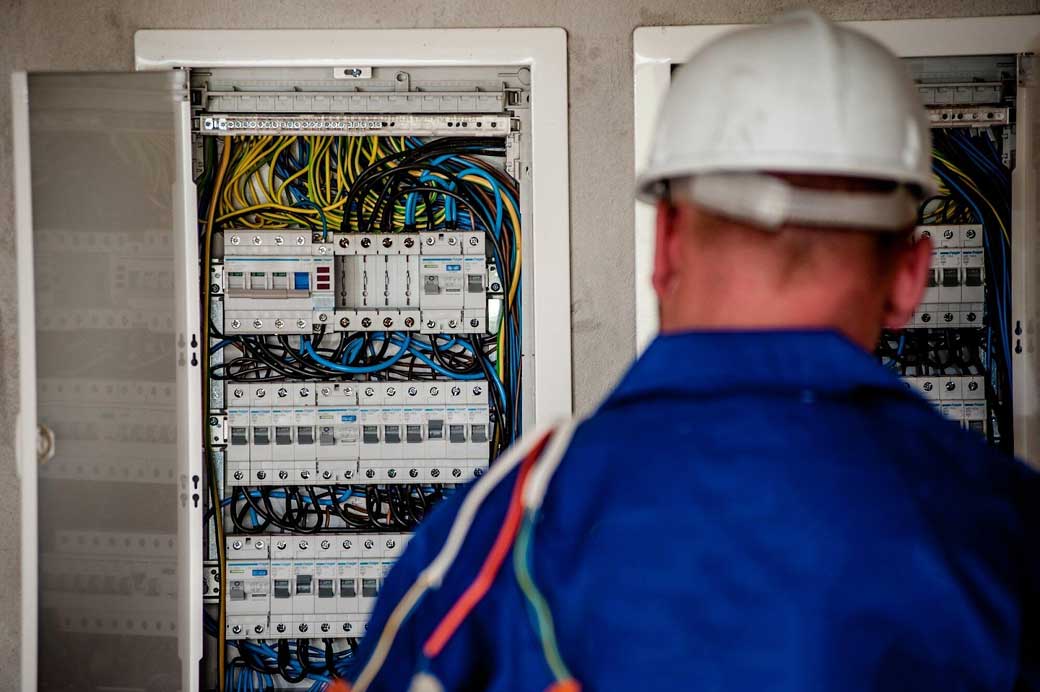Whether you are fixing a light bulb, changing a switch, or installing a new circuit, it
is essential to understand the essential electrical safety practices to protect yourself. The following suggestions may be obvious, but it’s always good to be reminded of the importance of staying safe at all times when dealing with live circuits.
1. Use PPEs
Personal Protective Equipment in electrical work constitutes a comprehensive system of
protective gear designed to minimize exposure to arc flashes and hazards that create serious
workplace injuries and illnesses. PPEs include footwear, gloves and tool bags for electricians,
glasses, and ear plugs among others. Apart from ensuring work safety, PPEs are designed to
insulate against the voltage levels present in electrical systems and provide thermal protection in
case of an arc flash incident. While using PPEs it is important to follow relevant safety standards
and regulations and consult the manufacturer’s instructions for proper use and maintenance.
While purchasing PPEs, review the specifications and features of the PPE and choose those that
provide the necessary protection while being practical for the tasks performed and the size and fit
options available.
2. Understanding the basic safety steps
Whenever you are starting any project, it is essential to understand all the safety procedures and
understand any risks involved. Electrical work poses risks of electrocution, so it
is essential to ensure that you implement all the safety procedures before starting work. Always
turn off power at the circuit breaker or fuse box and use a reliable voltage tester to verify that
circuits are truly dead. Using wire crimping tools, implement a lockout procedure by placing a
lock on the circuit breaker and a tag indicating work is in progress to ensure power is not turned
on accidentally.
3. Keep the equipment and tools safe.
Your tools are like your teammates in this game. Would you trust a teammate with torn gear?
Proper tool maintenance and selection are fundamental to electrical safety. Tools for electrical work should be inspected before use for any damage to insulation or exposed metal parts. Tools
specifically designed for electrical work have special insulation ratings and should not be
substituted with regular tools for electrical-rated ones. When working on elevated areas, use
fiberglass or wooden ladders as they don't conduct electricity. Metal ladders pose a serious
electrocution risk. When using power tools in potentially damp locations, always plug them into
GFCI-protected outlets.
4. Emergency Response
Always hope for the best and plan for the worst. Know where your main power shutoff is before
you need it. Always keep a fire extinguisher rated for electrical fires close enough in case of any
emergencies. Keep a list of all the essential emergency numbers like the fire extinguishers in
your phone and keep them on an open wall where they can be accessed by everyone easily.
Learn first aid for burns (which if you are an apprentice or a professional electrician you’d do as part of your training for licensing), because trust me, it’s different from regular burns.
5. Storage
Always keep your key tools at hand, tidy and clean. Store them in your tool bag for electrical work, and make sure to know where you have what. Sometimes you’ll need to access your tools fast, so it’d be really inconvenient to start looking for them without any ideas of where you’ve placed them!






